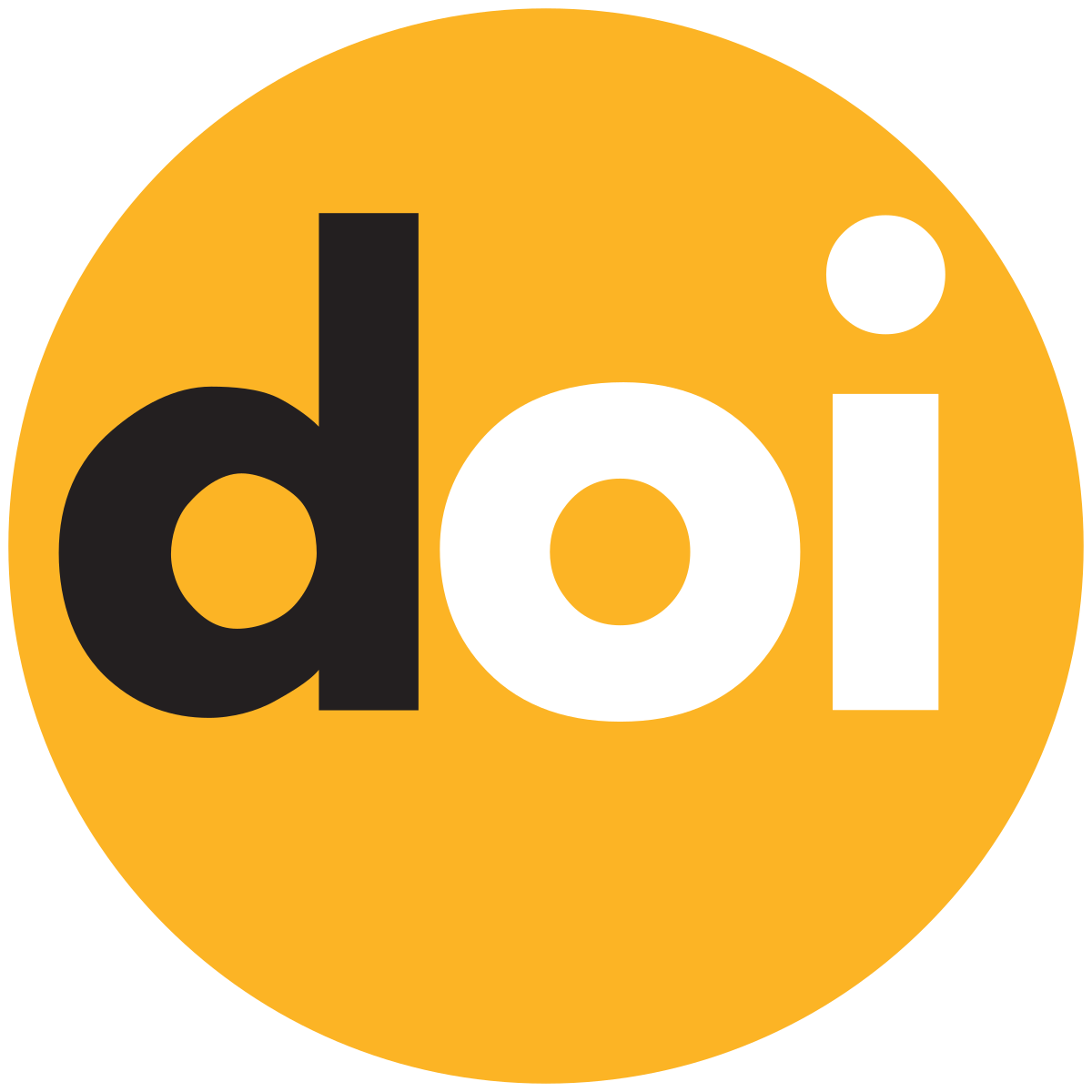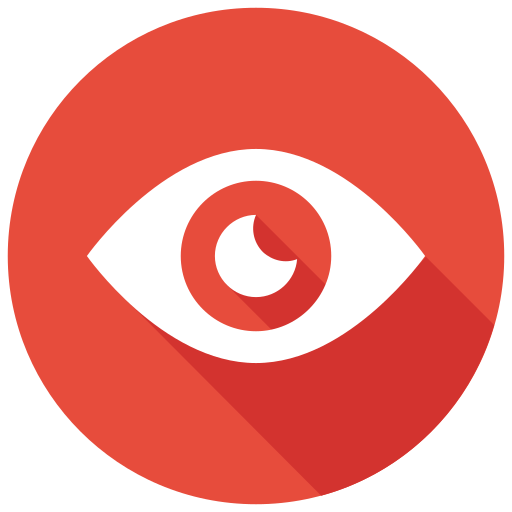In this era of information overload, teachers are expected to teach not only subject matter but also teach students using information and communication tools in order to equip them with tools needed for self-directed inquiry and other student-centred pedagogies that place learners at the centre of learning thereby equipping them with tools for problem solving in the digital economy and global village. Digital teachers are better placed to innovate and curate student learning with digital tools using differentiated lesson activities onsite and online with their learners. This study sought to identify pathways for facilitating teacher integration of ICTs in teaching processes to improve on student learning. Three specific research objectives were generated to guide the study which were, to find out the extent to which the use of ICTs for information sourcing in teaching processes can enhance the development of learning, to investigate the extent to which the use of ICTs for multimodal representation of information in teaching processes can enhance the development of learning and to examine the extent to which the use of ICTs for content creation in teaching processes can enhance the development of learning. Data were collected from one school in Buea, Fako Division. Simple random sampling was used to draw participants for the study. The hat and draw method was used to select 30 Lower sixth students and 20 of their teachers, making a total of 50 participants. A quasi – experimental was set up using 50 participants from the same school; 30 students and 20 teachers. 15 students were randomly assigned to the experimental group and 15 to the control group. 10 teachers were also randomly assigned to the experimental group and 10 to the control group. They all took a pre – test before the intervention. The experimental group participants were exposed to The UNESCO Digital Teacher English Course for 5 weeks. After which they took the post – test. The same as the pre – test taken before the intervention. Interviews were carried out after the post – test to capture qualitative data that could not be gathered using the questionnaire. The instruments used in collecting data were questionnaires, interview guides and observation guides. The findings showed that with respect to teachers’ knowledge of ICTs for information sourcing, progression was higher in the teacher experimental group with a value of 07.5% whereas a slight drop of -0.7 was observed in the control group. The student experimental group had a value of 11.4% whereas a drop of -2.9 was observed in the control group. Students were more engaged with technologies for information sourcing than teachers were for teaching purposes. With respect to teachers’ knowledge of ICTs for multimodal representation of information and the development of memory, comparing progression between experimental and control group, paradoxically, progression was higher in the control group with a value of 11.2% as compared to of 3.8% for the experimental group. With respect to students’ knowledge of ICTs for multimodal representation of information and the development of memory, comparing progression between experimental and control group, progression was higher in the experimental group with a value of 13.9% as compared to 4.3% for the control group. In relation to teachers’ knowledge of ICTs for content development and the development of creative problem, progression was higher for the experimental group with a value of 11.1% as compared to a drop of equal magnitude for the control group. With respect to students’ knowledge of ICTs for content creation and the development of creative problem-solving, progression was higher in the experimental group with a value of 3.9% as compared to a drop of -4.3% for the control group. It was recommended that practical hands-on trainings be done in addition to existing online courses to equip teachers with practical skills on how to use ICTs for information sourcing, multimodal representation and content creation in order to enhance student learning.


 :
: 


